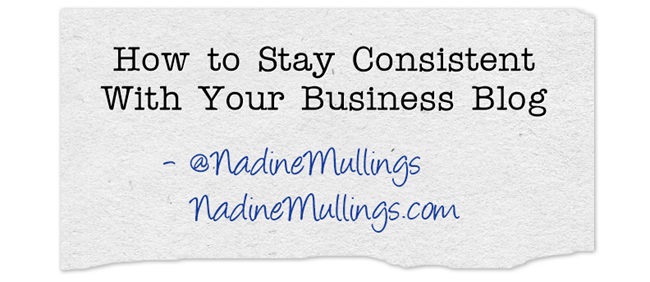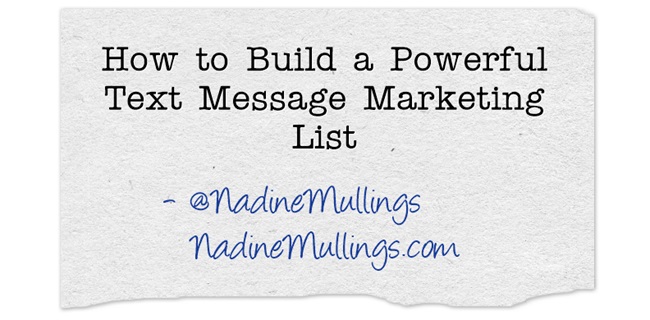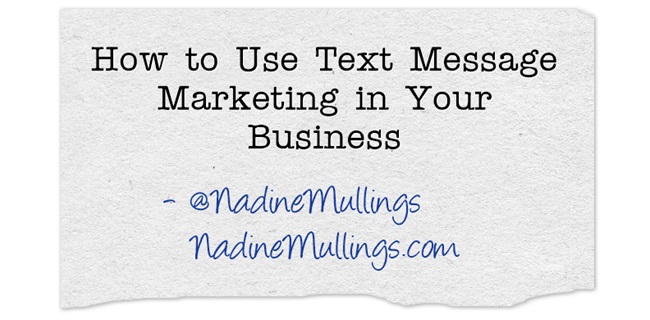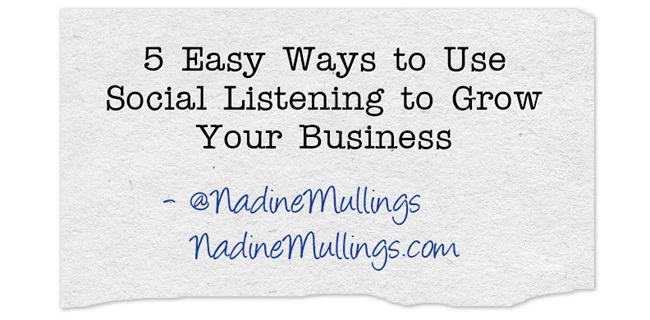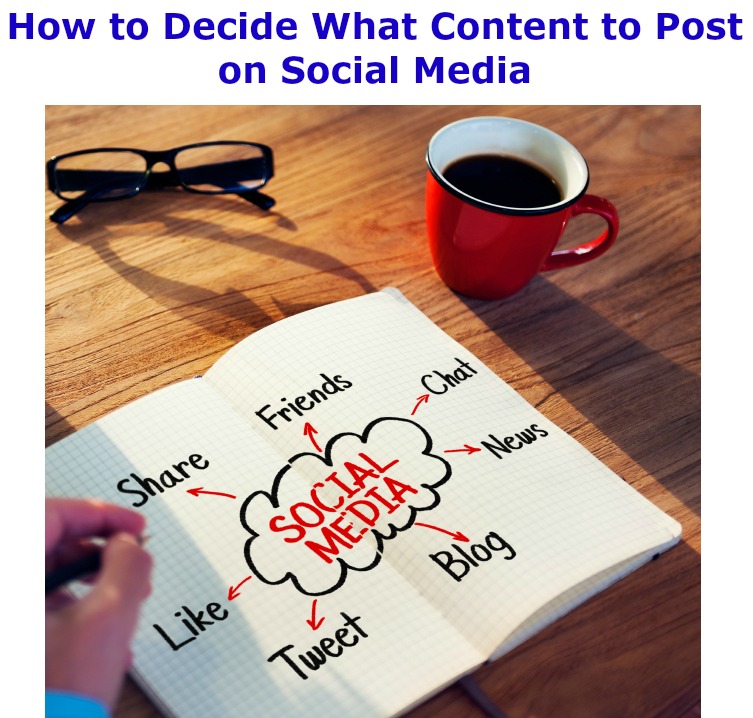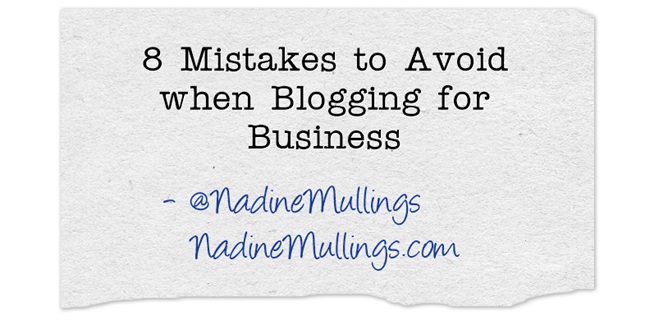One of the hardest things about blogging is staying consistent. Many coaches, consultants, and independent business owners, start blogs but don’t stay consistent with their blogging effort. A great way to stay on task and remain consistent with blogging is by creating an editorial calendar. When you plan out what you will be blogging about in advance, and when you schedule your blogging activity, it becomes part of your routine.
In this post we will explore some editorial calendar options for your blog:
- A wall calendar. Although it may seem old-fashioned, a paper calendar is a good way to stay organized and on task without having to use any technology and it works as well as technology. You can use a 12-month calendar to map out your entire year of blogging activity. For each month select the topic you will focus on for the month, then schedule out when you want to publish your posts. This advance planning will really help you to stay on task with your blog. I use an At A Glance Wall Calendar to keep me organized, and since it is posted on the wall, I am always aware of when my blog posts are due, and what I need to be working on.
- Your device calendar– Almost all the devices (iPad, Smart Phone, etc.) have a calendar option within the device that you can use as an editorial calendar. The great thing about the calendar on your device is that your device is typically always with you, so even if you’re not in the office and don’t have access to your wall calendar, you can always know what you’re working on and what needs to be done by checking the calendar on your device. I use my iPad calendar to stay on track with when items need to be produced and published on my blog.

- An online calendar– Another great option for an editorial calendar is an online calendar. The great thing about an online calendar is if you have a team or someone who helps you with your blog, having an online calendar makes it easier for everyone to stay on the same page and know what needs to be worked on. Many people like to use a Google Calendar for their online calendar and if you use Gmail you can check your calendar and your email right in one place, making it very convenient to stay on task. The Google Calendar allows you to color code different types of activity, so you can color code the dates a draft is due, then put a different color for the day that a blog post is published, etc.

- An online editorial calendar– An editorial calendar is designed specifically for the task at hand, keeping your blog organized. There are tons of online editorial calendar software, but I choose to use Coschedule. If you use WordPress for your blog, Coschedule integrates directly with WordPress, so you can plan and post right in one place. You can also directly post to social media from Coschedule, so you can plan, post, and promote your blog from one tool.
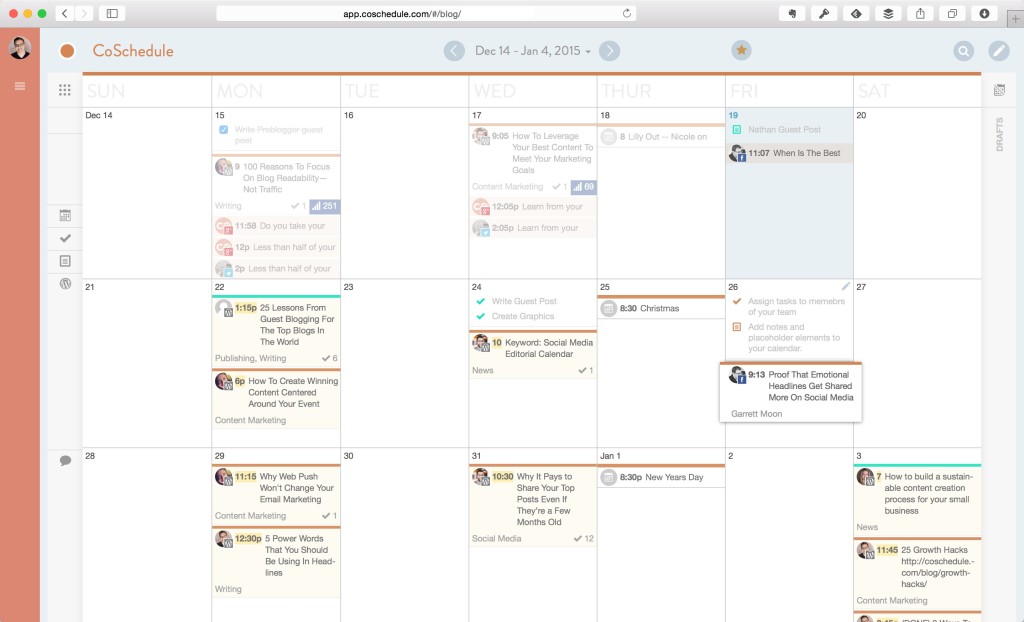
These are just a few options of how to stay consistent with your blog by creating an editorial calendar. Are you using an editorial calendar for your blog? If so, what calendar tool do you find the most useful?

